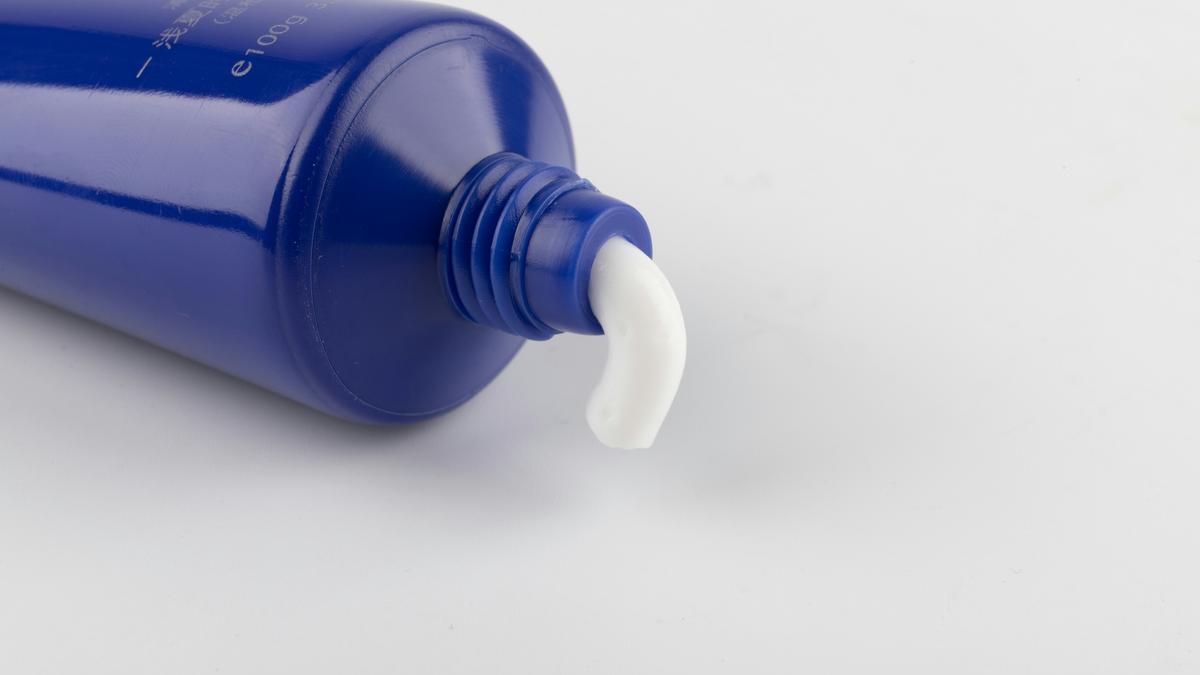Soft materials’ behaviour is on the border between solids and liquids.
| Photo Credit: Shali/Unsplash
Soft matter is the branch of science that studies materials that can be shaped, stretched, squished or flowed by applying small forces. Everyday examples include curd, toothpaste, shampoo, soap bubbles, and living cells. Unlike hard crystals like quartz or steel, the building blocks of soft matter are held together by weak forces that heating can easily displace, so the material changes shape without needing much energy.
Because these forces are weak, soft materials’ behaviour is on the border between solids and liquids. Ketchup looks solid in a bottle but flows like a liquid once it’s squeezed. Scientists say such soft matter is viscoelastic: it shows both viscosity (liquid-like resistance to flow) and elasticity (solid-like springiness).
Soft-matter research asks questions such as: How do long polymer chains become entangled to make plastic flexible? How do soap molecules arrange themselves to form stable foams? Why do nanoparticles in milk stay evenly mixed instead of sinking? Understanding these questions lets engineers design better bike helmets with energy-absorbing foams, tastier ice cream by controlling ice crystals and air bubbles, safer drugs using gel networks, and stronger yet lighter materials like graphene aerogel nanolattices.
In short, soft matter is the science of squishy stuff, where tiny interactions create the rich, often surprising behaviours seen in materials we use every day. Research on it is currently gaining in attention.
Published – June 14, 2025 10:00 am IST
